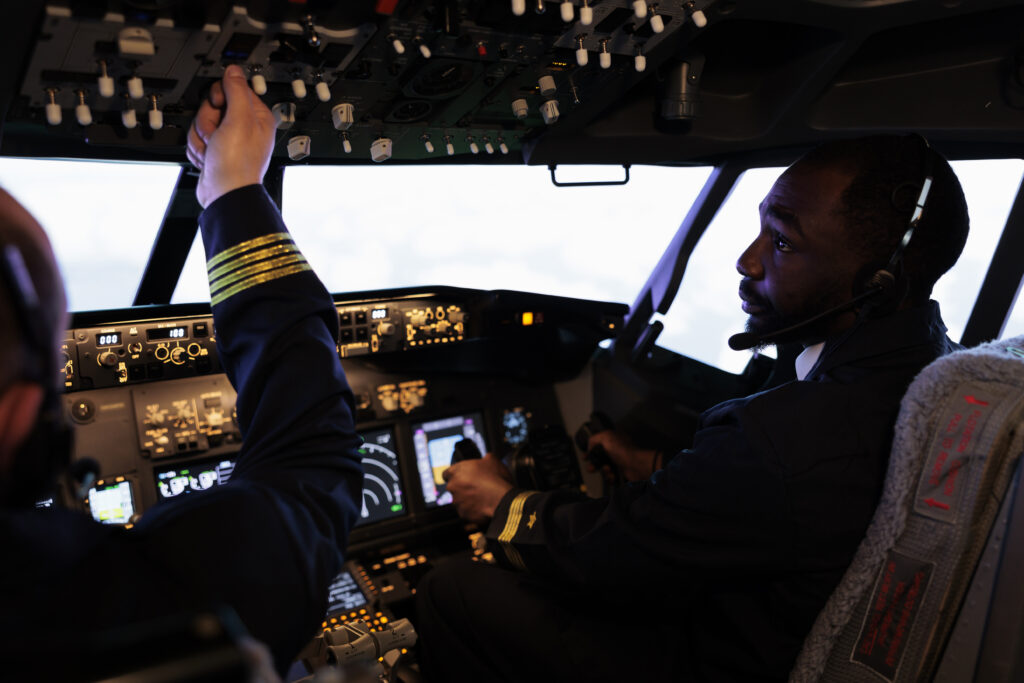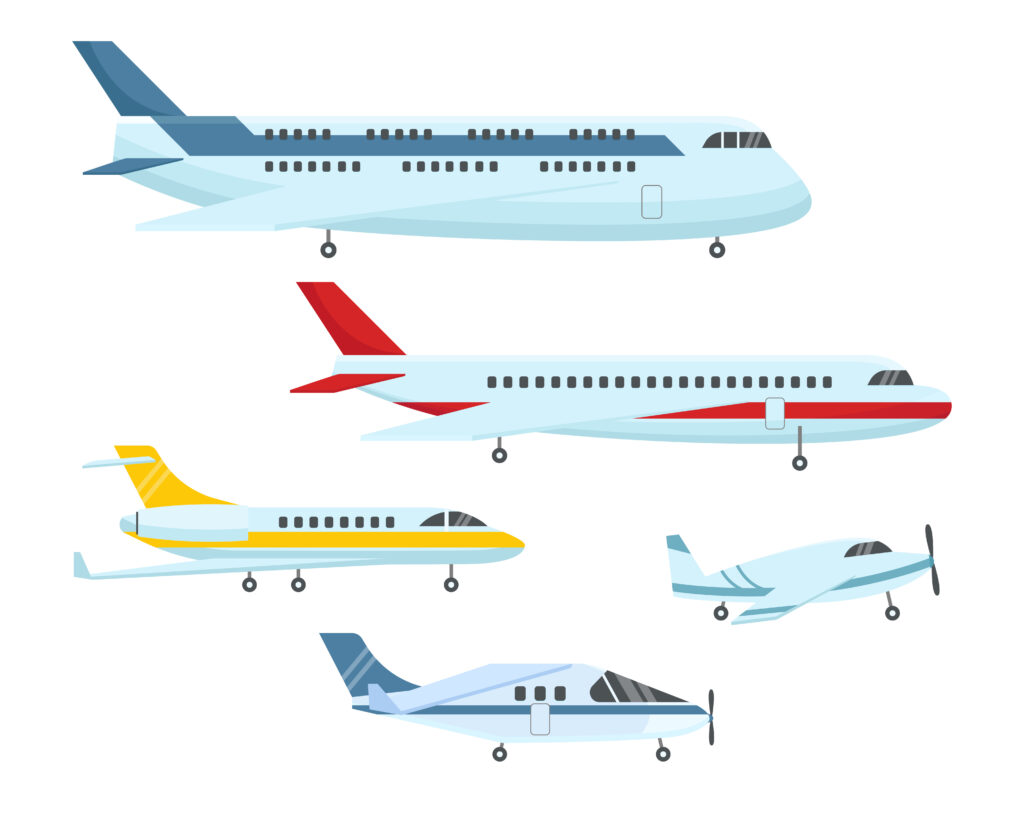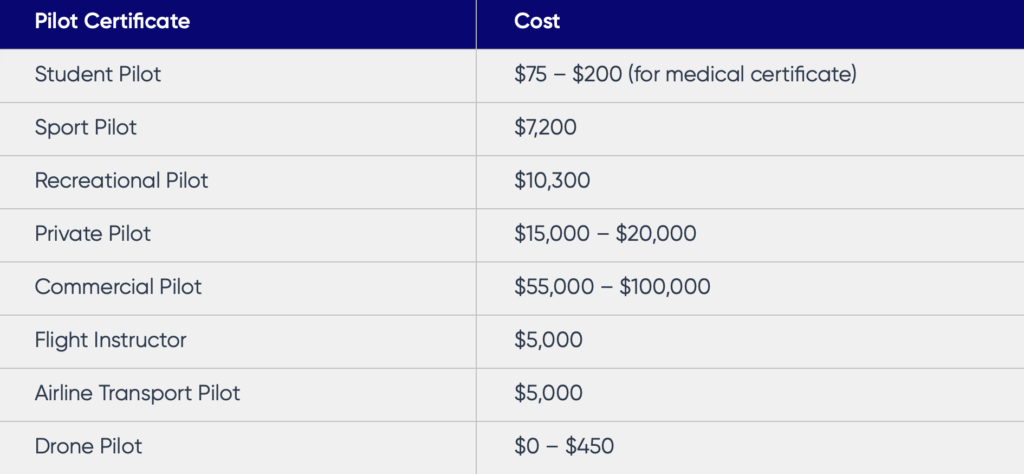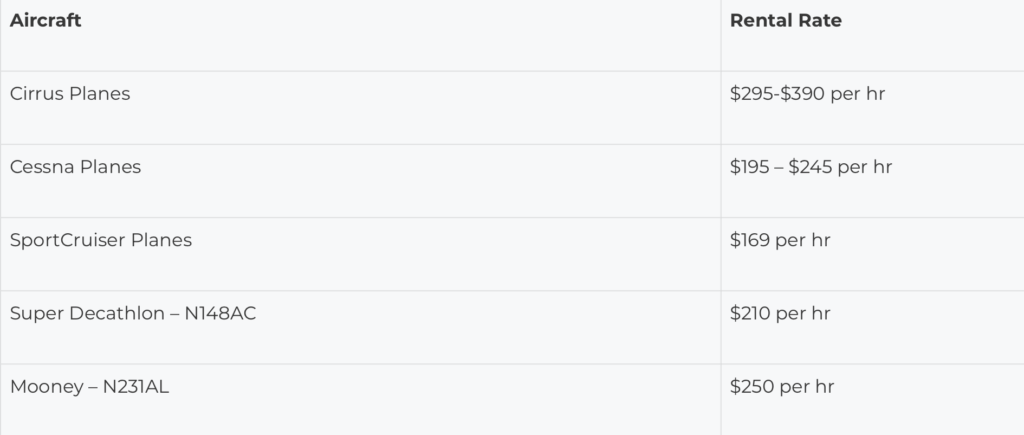A Comprehensive Guide to Securing Your Airline Pilot License 2024
Embarking on the path to obtaining an airline pilot license is akin to strapping into a rollercoaster, albeit one with greater responsibility and fewer loop-de-loops. Picture this: cruising at 30,000 feet, commanding a metal bird through the clouds, and perhaps even donning those stylish pilot shades. In this guide, our focus isn’t solely on acquiring an ordinary pilot’s license; we’re setting our sights higher—literally. Brace yourself for an insider’s perspective on the steps to secure your very own airline pilot license and ascend to the prestigious ranks of the “captain” club.
Airline Pilot license – Educational Requirements
So, you’ve got dreams of soaring through the clouds, but first, let’s talk books before we talk birds. Most pilot license programs require a high school diploma or equivalent. It’s the basic boarding pass to the aviation adventure. But here’s where it gets interesting.
While a high school diploma is your entry ticket, some programs prefer candidates with a higher altitude of education, like a degree in aviation or a related field. Aeronautical engineering, anyone? It’s like adding a first-class upgrade to your pilot journey.
Now, before you start sweating over complex equations, let’s clear the air. You won’t need to solve quadratic equations mid-flight (unless you’re into that sort of challenge). The goal is to ensure you have a solid foundation in math and physics because, let’s face it, navigating the skies requires a bit more than knowing which cloud looks like a fluffy bunny.
Airline Pilot license – Training Facilities
Choosing the right training facility is like picking the perfect travel buddy—you want someone reliable, experienced, and maybe a bit adventurous. Look for institutions with state-of-the-art facilities when obtaining your pilot license. The kind that makes you feel like you’re stepping into the cockpit of a futuristic spaceship.
-
- Flight Simulators: The heart of any good training facility is its flight simulators. These aren’t your average video games; they’re high-tech machines that mimic real flight conditions. Imagine learning to handle turbulence without leaving the ground. Simulators provide a safe space for students to practice emergency procedures, perfect take-offs, and landings, all without a single cloud in sight .Image Idea: A snapshot of a student in a simulator, hands on the controls, navigating a virtual sky.

-
- Classrooms: It’s not all about the fancy gadgets; a good training facility needs solid classrooms too. These are the command centers where you absorb the theory behind the magic of flight. Look for places with interactive whiteboards, aviation charts on the walls, and an atmosphere that says, “Learning can be fun too.”Image Idea: A shot of an aviation classroom with students engaged in a lively discussion or an instructor pointing at a diagram on the board.
-
- Aircraft Fleet: An essential part of pilot training involves the real deal—actual airplanes. A diverse fleet gives students the opportunity to get hands-on experience with different aircraft types. From small propeller planes to larger jetliners, the more variety, the better.

-
- Experienced Instructors: The best training facilities boast instructors with real-world experience. These are the mentors who’ve danced with the clouds, and now they’re ready to pass on their knowledge. Look for programs that highlight the impressive backgrounds of their teaching staff.
Choosing a training facility is not just about the equipment; it’s about finding an environment that fosters learning, encourages questions, and makes you feel like you’re part of a community bound by a love for flight
Airline Pilot license – Costs and Financing
Ah, yes, the unavoidable topic of money. But fear not! We’re not saying you need to mortgage your house to fund your pilot license. We’re here to guide you through the maze of costs and help you find financing options that won’t leave you flying coach for the rest of your life.
-
- Tuition: Let’s talk numbers. Tuition costs can vary widely between training programs. On average, you might be looking at a range from $60,000 to $80,000. But keep in mind, this is a ballpark figure. Some programs might have higher or lower fees. It’s essential to get a clear breakdown of what’s included in the tuition, whether it covers flight hours, materials, or any additional fees.

-
- Flight Hours: One of the significant contributors to the cost is the number of flight hours required. The FAA mandates a minimum of 1,500 flight hours for an Airline Transport Pilot (ATP) license, the highest level of pilot certification. Flight hours can cost anywhere from $100 to $300 per hour, depending on the type of aircraft you’re flying.

-
- Materials and Equipment: From textbooks to pilot headsets, there are additional costs for materials and equipment. Budget for essentials like aviation charts, navigation tools, and a trusty pair of aviator sunglasses.
-
- Accommodation and Living Expenses: If your chosen training facility is in a different city or state, factor in accommodation and living expenses. Some programs may offer on-site housing or assistance in finding suitable living arrangements.
Airline Pilot license – Duration of Training
Now, let’s talk about time. How long does it take to transform from a ground enthusiast to a certified pilot soaring among the clouds? The duration of pilot license training can vary based on several factors:
-
- Pilot Program Type: Training programs come in different shapes and sizes. An integrated program, where ground and flight training are combined, might take around 18 to 24 months. On the flip side, a modular program, allowing you to complete specific stages of training at your own pace, could take a bit longer.
-
- Full-time vs. Part-time: Are you diving into pilot training full-time or balancing it with other commitments? Full-time programs typically move faster, with students completing the required flight hours more quickly. Part-time programs allow flexibility but may extend the overall duration.
-
- Weather and Scheduling: Mother Nature can be unpredictable, impacting the number of flight hours you can log. Adverse weather conditions or scheduling conflicts can influence the overall timeline of your training.
-
- Student Progress: Every aspiring pilot is unique. Some students may breeze through certain stages, while others might take a bit more time to master specific skills. The duration of your training can be influenced by your individual progress.
Remember, becoming a pilot is not a race; it’s a journey. Embrace each stage, savor the experience, and before you know it, you’ll be donning those pilot shades and commanding the skies.
Flight Hours Requirement
Now, let’s delve into the heart of pilot training—the flight hours requirement. The Federal Aviation Administration (FAA) mandates a minimum of 1,500 flight hours for the coveted Airline Transport Pilot (ATP) license, the highest level of pilot certification. Here’s a breakdown of what you need to know:
-
- Private Pilot License (PPL): Your journey begins with obtaining a Private Pilot License. This stage typically requires a minimum of 40 flight hours, including at least 20 hours of flight training with an instructor and 10 hours of solo flight time. Think of it as your learner’s permit for the sky.
-
- Instrument Rating: Now that you’ve mastered the basics, it’s time to add some instruments to your repertoire. Instrument training involves a minimum of 50 hours of cross-country flight time as pilot-in-command, including 10 hours of training in an instrument airplane. You’ll become a maestro at navigating solely by instruments, a crucial skill for any pilot.
-
- Commercial Pilot License (CPL): The next step in your aerial adventure is obtaining a Commercial Pilot License. This requires a total of 250 flight hours, including 100 hours of pilot-in-command time and 50 hours of cross-country flight time. You’ll also need 20 hours of training with an instructor and 10 hours of complex aircraft training.
-
- Multi-Engine Rating: Now, it’s time to level up your skills by adding multi-engine proficiency. This involves at least 10 hours of flight training in a multi-engine airplane, covering the nuances of handling more than one engine.
-
- Airline Transport Pilot (ATP) License: The pinnacle of your journey is the ATP license. To qualify, you’ll need a total of 1,500 flight hours, including the hours accumulated during previous stages. This final step unlocks the door to commanding large, transport-category aircraft.
It’s important to note that these are minimum requirements, and many pilots exceed them during their training. The path to 1,500 flight hours is an exciting and challenging adventure that will shape you into a skilled and confident pilot. Embrace each stage, learn from every flight, and soon you’ll be cruising at 30,000 feet with the best of them.
Examination Process
Ah, the moment of truth—the examination process. Becoming an airline pilot isn’t just about logging flight hours; it’s about proving you’ve got the knowledge, skills, and nerves of steel to handle any situation at 30,000 feet. Here’s what you can expect:
-
- Ground School Exams: Before you take to the skies, you’ll need to master the theoretical aspects of flying. Ground school exams cover a range of subjects, including aerodynamics, navigation, meteorology, and regulations. Think of it as studying for finals, but with a clear view of the horizon.
-
- Written Exams: Once you’ve aced ground school, it’s time for the written exams. These tests, administered by the FAA, evaluate your understanding of aviation theory. You’ll need to demonstrate knowledge in areas like air law, navigation, and aircraft systems. It’s like a pop quiz, but with more zeros at stake
-
- Practical Flight Tests: Now comes the thrilling part—the practical flight tests. An FAA-designated pilot examiner will take you on a journey through various flight maneuvers, emergency procedures, and navigation tasks. It’s your chance to showcase your flying prowess and prove that you’re ready to take command.
-
- Simulator Assessments: Some programs include simulator assessments to evaluate your ability to handle different in-flight scenarios. Simulators provide a controlled environment for testing your reactions to emergencies, adverse weather conditions, and system failures. It’s like a high-stakes video game, but with a real pilot’s license on the line.
-
- Oral Examinations: Before you climb into the cockpit, expect an oral examination. The examiner will quiz you on a range of topics, ensuring you have a deep understanding of aviation principles and procedures. It’s like defending a thesis, but with an airplane waiting outside.
-
- Medical Certification: Let’s not forget the medical exam. Pilots must undergo regular medical evaluations to ensure they meet the physical and mental standards required for flying. It’s not just about 20/20 vision; it’s about being fit to take on the responsibilities of a pilot.
Successfully navigating the examination process is a crucial step in obtaining your airline pilot license. It’s the moment when all your training and knowledge come together, propelling you closer to the skies and the coveted captain’s seat.
Conclusion
As we conclude this guide on achieving your airline pilot license, we’ve navigated through the skies of education, training facilities, costs, duration, flight hours, and the rigorous examination process. Becoming an airline pilot is not merely a career choice; it’s a passion, a commitment to mastering the art and science of aviation.
The educational requirements set the foundation, emphasizing the importance of a solid academic background and the potential benefits of pursuing higher education in aviation. Choosing the right training facility becomes pivotal, akin to selecting the perfect travel companion. Flight simulators, classrooms, a diverse aircraft fleet, and experienced instructors collectively shape the environment where dreams take flight.
Finances are undoubtedly a consideration, but we’ve clarified that pursuing your dream doesn’t have to mean sacrificing a lifetime of financial stability. Understanding the costs associated with tuition, flight hours, materials, and living expenses is the first step towards financial preparedness.
Time becomes both an ally and a challenge in the journey to becoming an airline pilot. The duration of training varies, influenced by program type, full-time or part-time commitment, weather conditions, and individual progress. The message is clear: this is not a race; it’s a journey to be embraced and savored.
The heart of pilot training lies in accumulating flight hours, progressing from a Private Pilot License to the coveted Airline Transport Pilot License. Each stage builds skills, knowledge, and confidence, transforming you into a skilled aviator prepared to command large, transport-category aircraft.
The examination process, the crucible where theory meets practice, demands not only academic prowess but also the ability to apply knowledge in real-world scenarios. Ground school exams, written tests, practical flight assessments, simulator evaluations, oral examinations, and medical certifications collectively validate your readiness to take on the responsibilities of an airline pilot.
In the end, this journey is a testament to your dedication, perseverance, and love for the skies. As you strap into the captain’s seat, donning those pilot shades, remember that every challenge conquered, every hour logged, and every exam passed has shaped you into the capable and confident pilot you are today.
So, with wings spread wide and the horizon beckoning, go ahead—take flight, embrace the journey, and welcome to the elite ranks of the “captain” club. The skies await your command. Safe travels and blue skies always!
